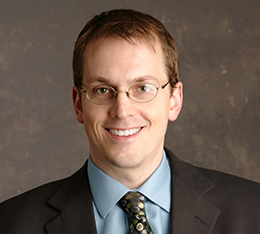California has adopted a lot of high-profile political reforms recently, including a new way of drawing district lines and a radically open primary system. But there’s another reform that is transforming the state legislature without attracting nearly as much national attention.
In June 2012, California voters approved Proposition 28, an important change to the state’s term limits law. Before the reform, a single person could serve a maximum of three two-year terms in the Assembly and two four-year terms in the Senate, a total of 14 years. Under the new law, a person can serve up to 12 years in the Assembly, the Senate, or both. The reform sounds like a tightening of term limits—12 is less than 14—but because legislators no longer face a limit in each chamber, the average length of service will probably increase significantly.
A lot of people have blamed dysfunction in the legislature on the old term limits. Observers have argued that the legislature is short on the kind of relationships and expertise that develop over time, which has led to acrimony and reliance on the expertise of lobbyists. Also, it is often said that members looking to build their records as quickly as possible flood the legislature with unimportant bills, while big problems linger because they take too much time and expertise to address.
When will we know whether the new term limits are helping? Sooner than you might think. Turnover in the legislature has been high since the law took effect. Redistricting helped force a lot of retirements in 2012, a few incumbents lost to newcomers, and there have been several special elections in 2013 to fill vacated seats. As a result, more than half of the Assembly (42 out of 80) is already covered by the new limits.
The new law’s effect on the Senate has been smaller: only two senators, Richard Roth and Andy Vidak, are covered by the new limits. But that’s because termed-out members of the Assembly dominate Senate races and probably will for a while to come. So even though it may take longer for the Senate to switch over, it’s less important if we’re concerned about expertise: since most senators are former members of the Assembly, they already have legislative experience.
Regardless what happens in the Senate, the pace of turnover in the Assembly won’t slow down much. Sixteen assemblymembers will term out this year, and it looks like another seven will be stepping down anyway. When the dust settles this fall, no more than 17 members of the Assembly will be covered under the old limits. The rest will be legally free to serve for at least another 10 years—in some cases 12.
The new California Legislature is coming, ready or not.


